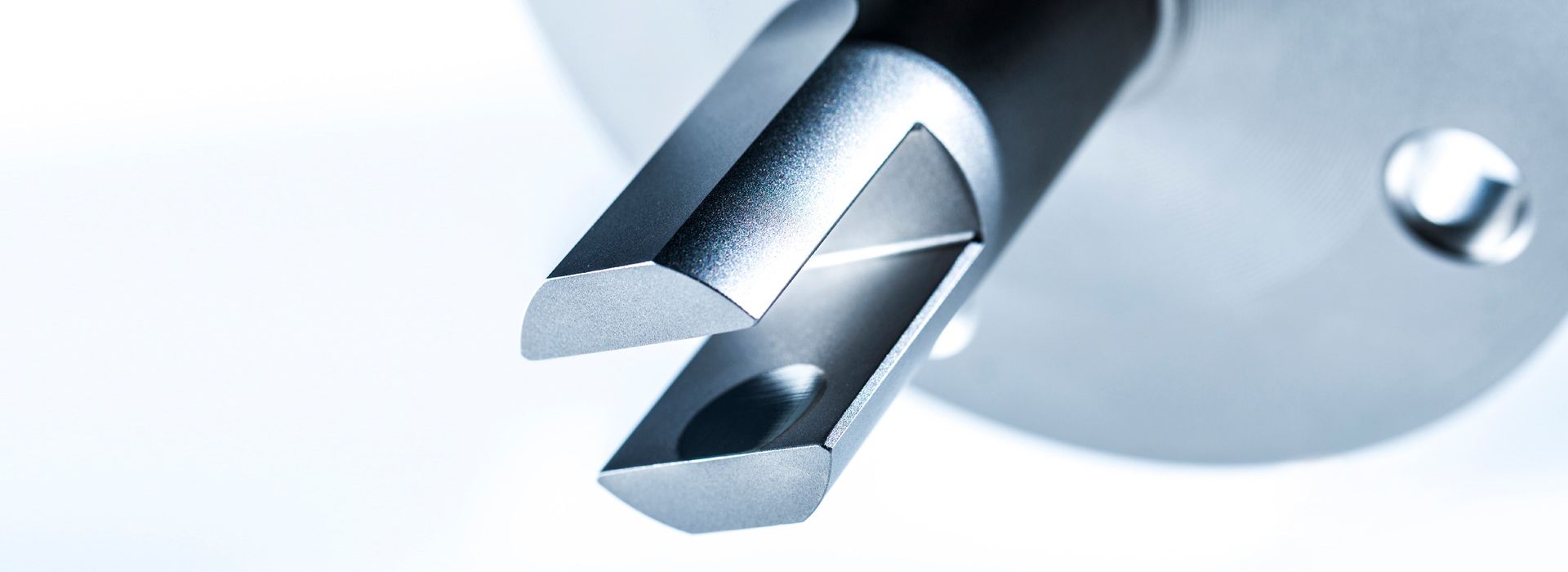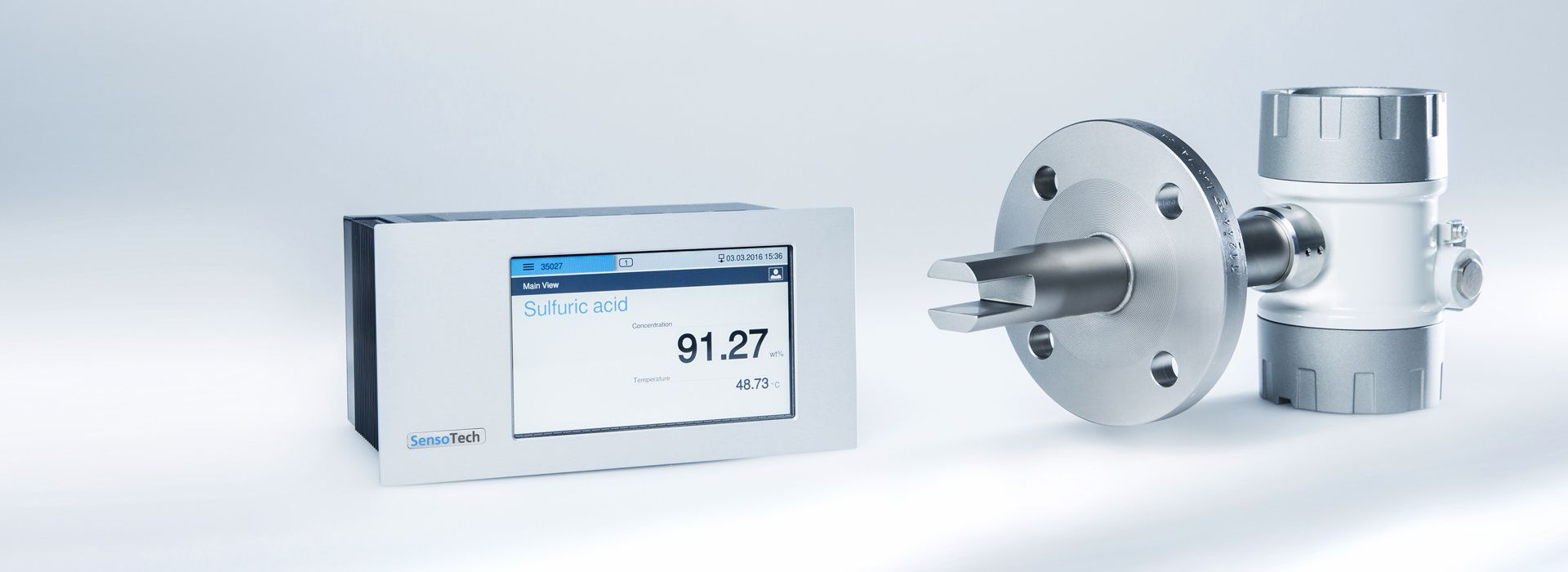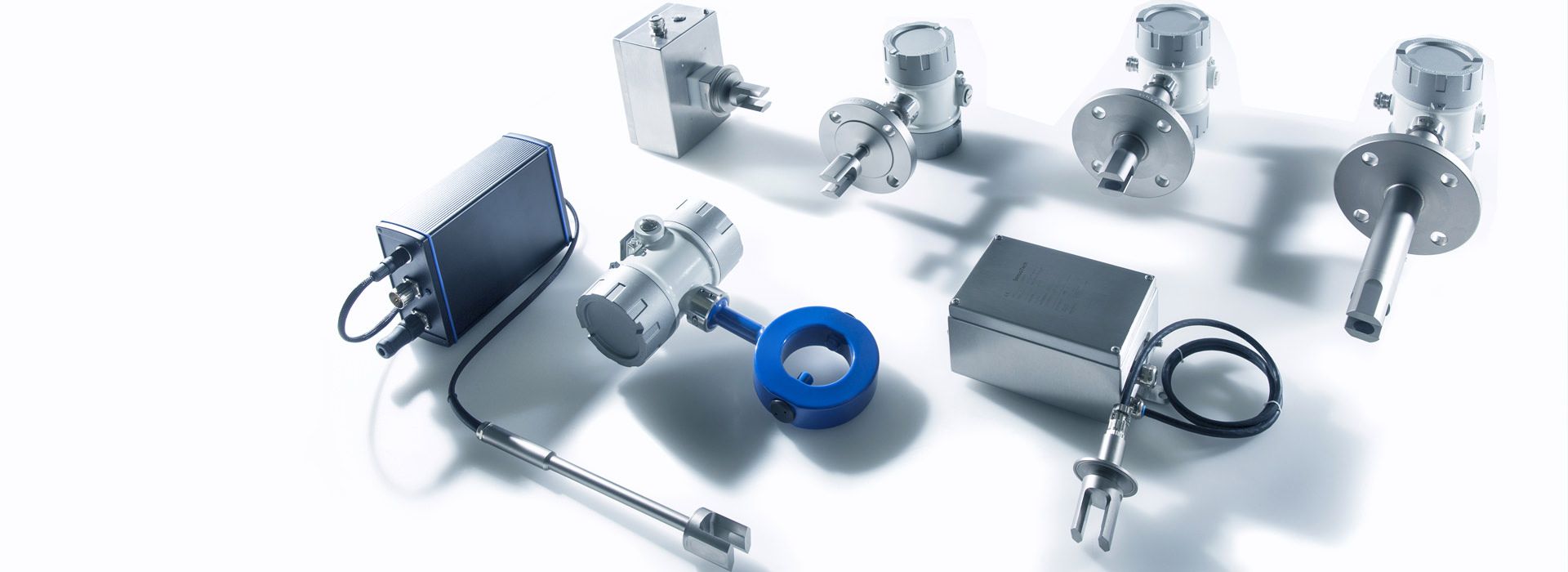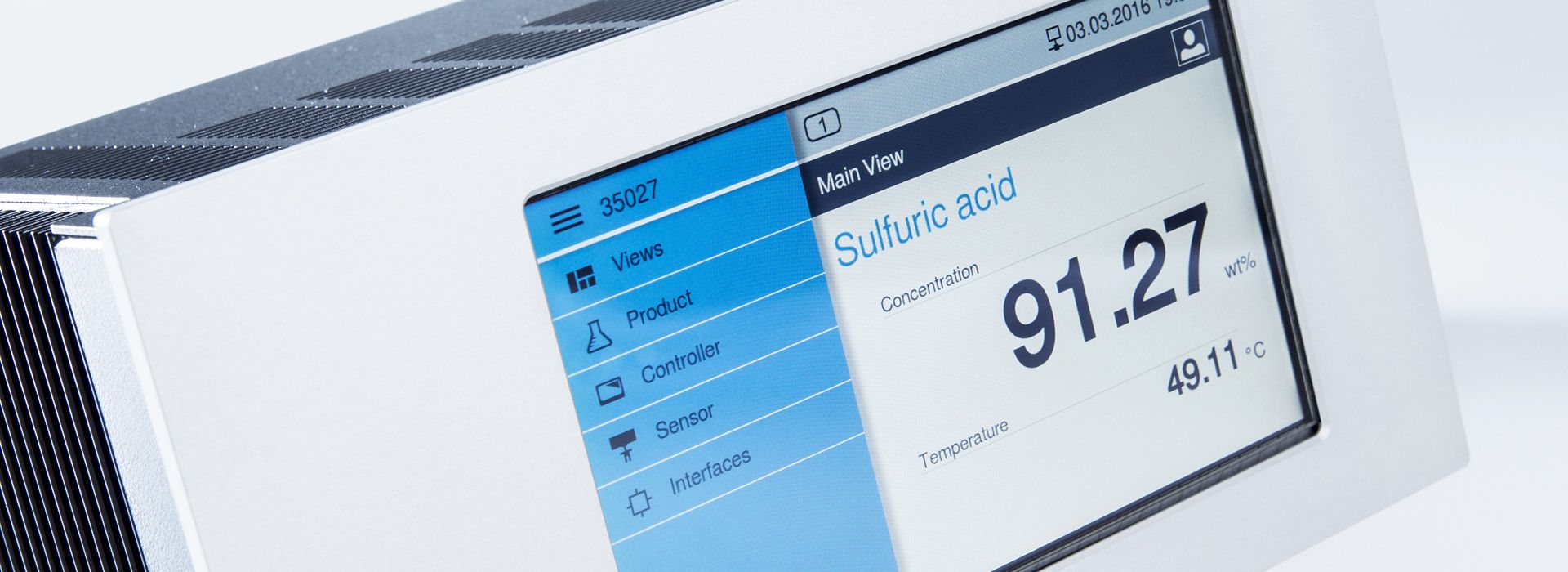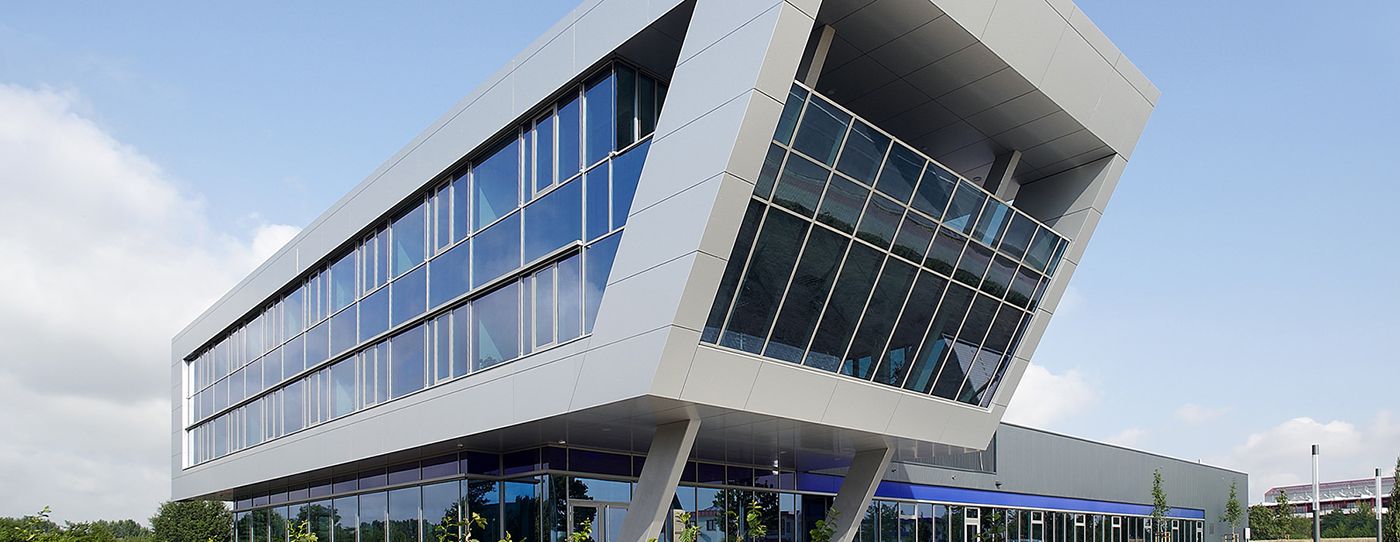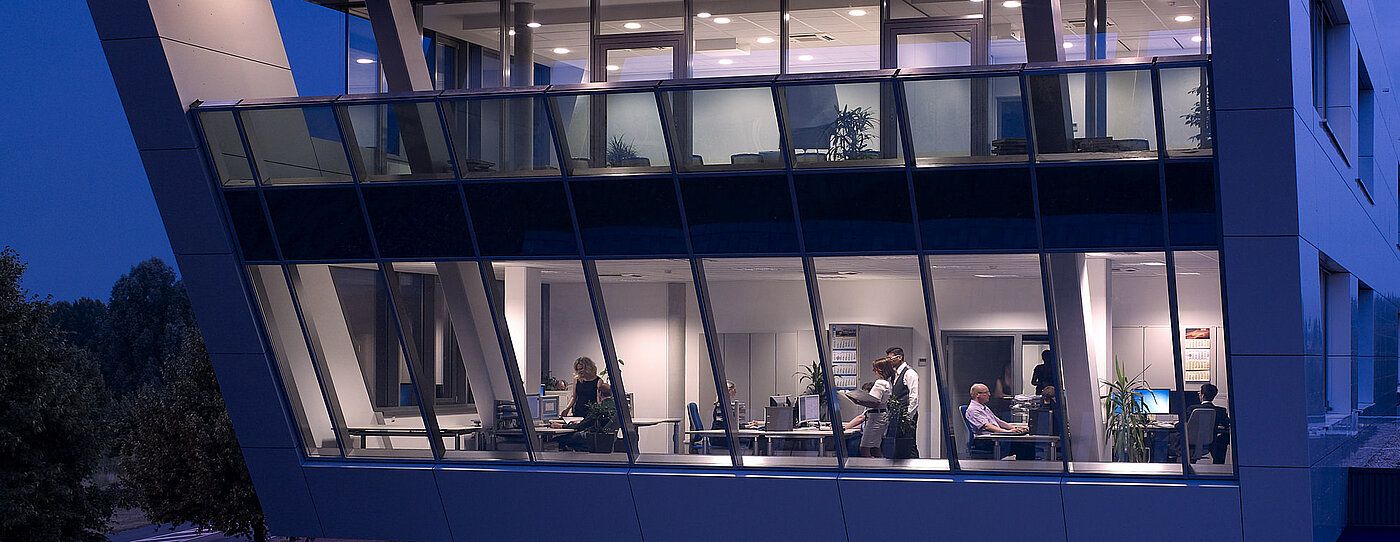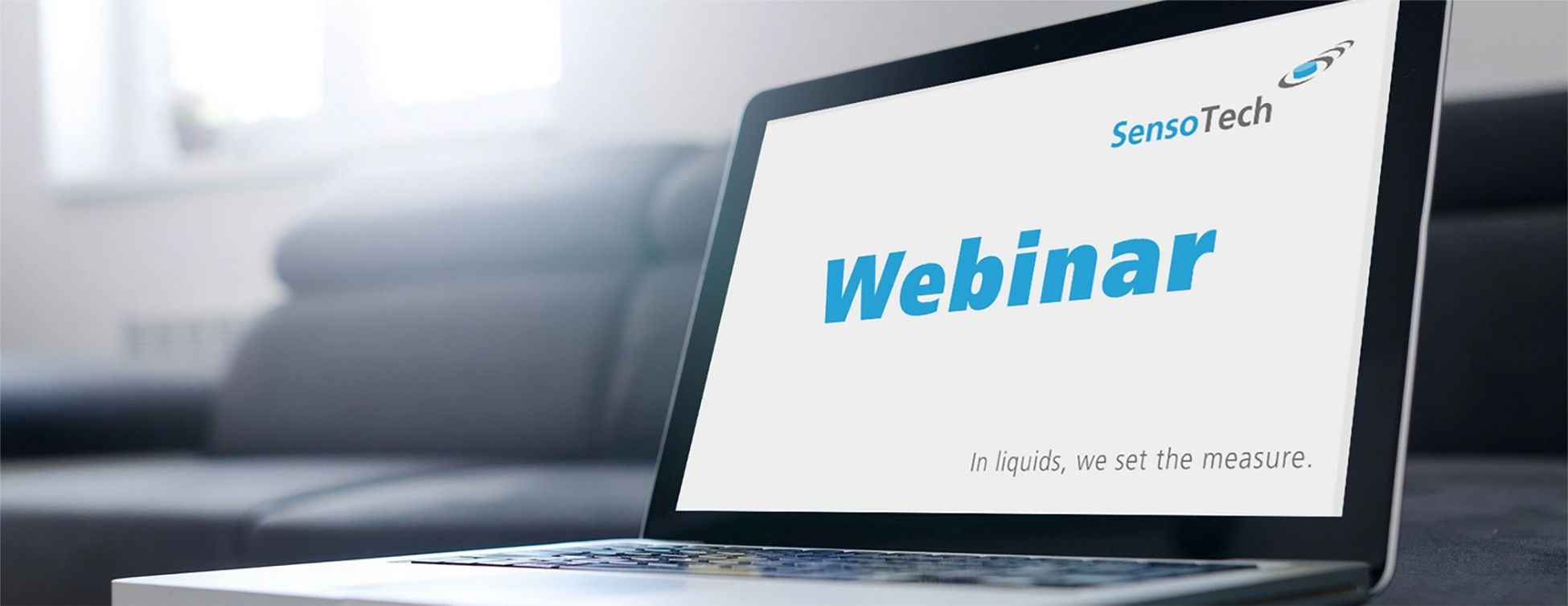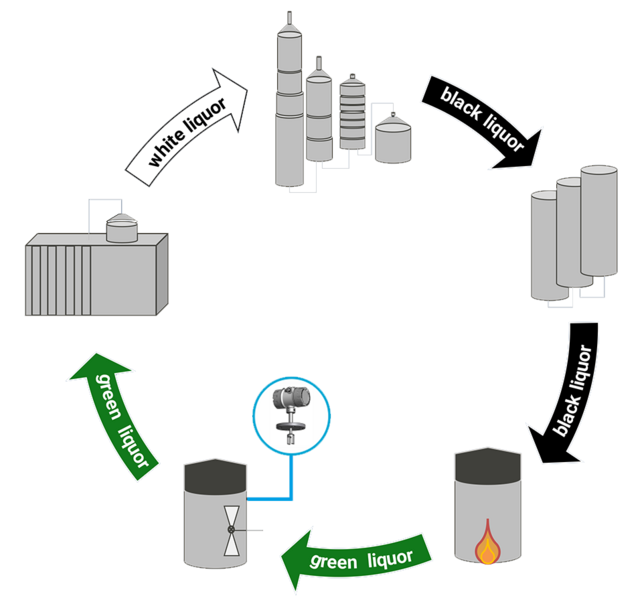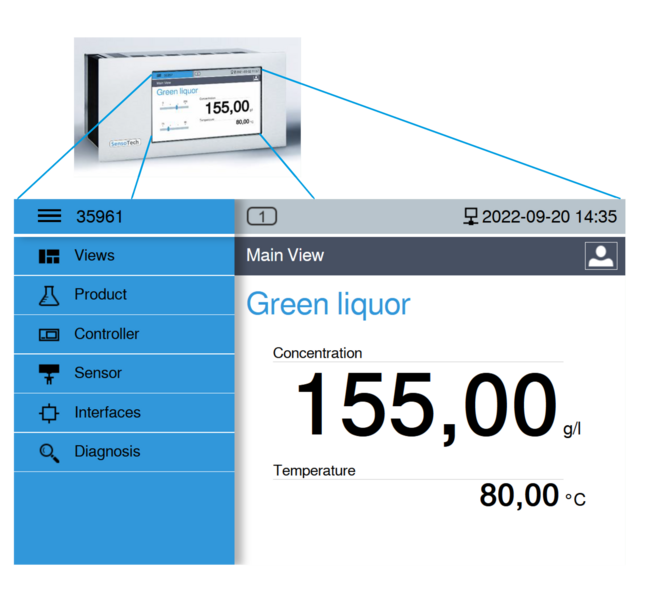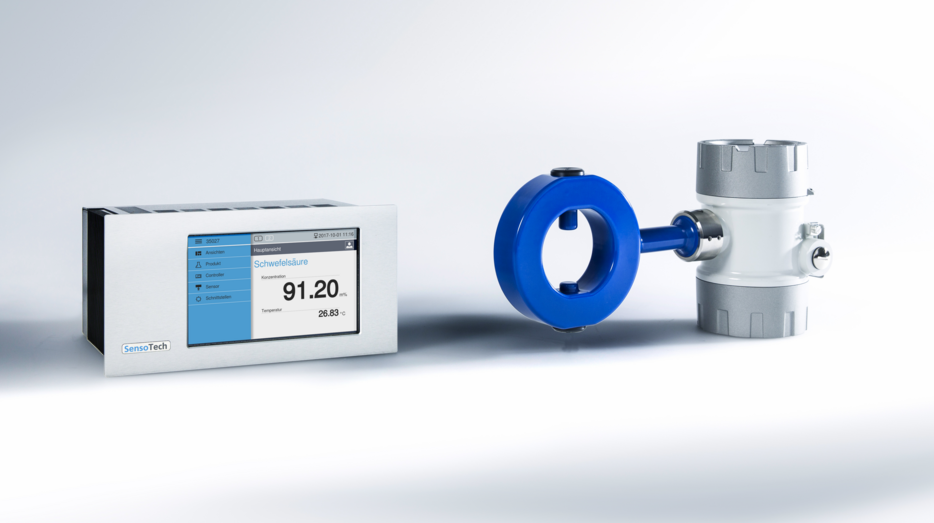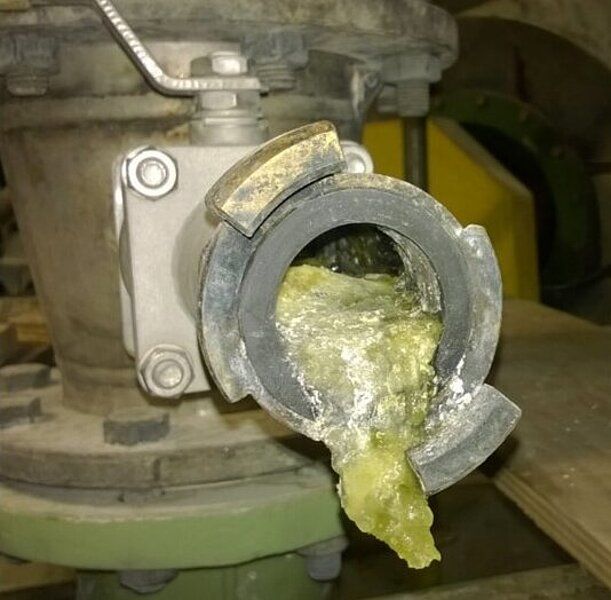Inline green liquor monitoring
In the paper and pulp production, both the acidic sulfite and the alkaline sulfate processes are used to break down wood. The wood fibers are separated from the natural material and other components, such as lignin. For ecological and economic reasons, the chemicals used must be recycled.
The goal is the regeneration of caustic soda (NaOH) and sodium sulfide (Na2S) and the production of energy, heat, and steam, while minimizing environmental damage.
The lignin-containing cooking liquor (black liquor) produced during the breakdown is concentrated and burned. In addition to energy and steam generation, a melt settles at the bottom of the boiler, which is regenerated in several recycling stages. The green liquor resulting from water and melt is converted into NaOH-containing white liquor by adding lime in the causticizing process, which is used again for lignin splitting.
Through the LiquiSonic® measurement technology the green liquor treatment can be monitored inline at various points and the concentration for the subsequent causticizing can be determined.
Applications in the paper and pulp industry place high demands on all system components. Our application specialists design the sensors for the expected conditions. The robust measurement method, which works without moving parts and seals, impresses with unsurpassed service life. The sonic velocity sensors withstand temperatures of up to 130°C, depending on the design. Highly resistant materials and coatings are used to ensure long service life.
Through the online analysis of green liquor concentrations using LiquiSonic® measurement technology lime can be precisely dosed. Furthermore, the individual process stages, such as the dilution of the melt to green liquor and its storage and clarification, can be permanently monitored and automatically controlled. Time delays caused by sampling and laboratory analyses are eliminated. This efficient process control results in a quality improvement.
Measurement without LiquiSonic®
The measurement of green liquor is not an easy task due to the harsh environment and challenging measurement conditions. The facilities have high temperatures up to 100°C, working with aggressive and corrosive liquids. In addition, the media to be measured have high viscosity and adhesion tendency. A high proportion of solid particles and impurities, as well as suspended solids prone to crystallization, hinder adequate measurement.
Without continuous concentration measurement by LiquiSonic® only snapshots of concentration values are available. Manual sampling favors human errors. Additionally, the time delay between sampling and availability of results leads to a process that is not sufficiently controllable. This often results in quality deficiencies.
Measurement with LiquiSonic®
With LiquiSonic®, the solution from SensoTech, there is an increase in product quality because the relevant key figures in the green liquor process are known at all times. Measurements are not taken at specific points, as with sampling, but every second throughout the entire process. Thus, there is no time delay between measurement and result, allowing for quick reactions to deviations, e.g., in the form of re-dosing.
In addition to time savings, inline measurement has another advantage: the influence of human error is minimized because the measurement values can be integrated into the process control system. The re-dosing of lime is more precise through automation, making the process more efficient. This reduces lime consumption, leading to cost reduction. Multiple sampling and waiting for concentration measurement results are a thing of the past.
Furthermore, the LiquiSonic® sensor is not affected by deposited particles or impurities. Particularly robust are the LiquiSonic® Sensors due to the special polymer coating that makes it possible to work with aggressive and corrosive media. After installation and adjustment of the measuring system to the process, no cleaning, maintenance, or calibration is required!
Application
The starting material for lye recycling is the black liquor in the recovery boiler. The melt formed during combustion sedimentates and must be diluted with water or weak white liquor. The resulting green liquor is Na2S and Na2CO3-containing, hot, and is often stored in a separate tank. It is then clarified and stored in a green liquor storage tank. The prepared green liquor is converted to NaOH with quicklime in the causticizing plant.
Through the second-fast analysis of the LiquiSonic® Sensors individual process stages, such as the dilution of the melt to green liquor and its storage and clarification, can be permanently monitored and controlled. This efficient process control thus serves both to increase quality and to economically regulate the lime addition.
Installation of LiquiSonic® measuring technology in the green liquor process
The LiquiSonic® Pipe sensors are installed directly in the pipes transporting the green liquor. The PFA coating ensures long-term measurement accuracy despite alkaline, hot process liquids and deposit tendency. The LiquiSonic® Controller 30 can be connected to up to 4 sensors to monitor the green liquor at multiple measuring points simultaneously:
- after the solution tank
- before clarification
- after clarification or before causticizing
Typical measuring ranges:
Concentration: 0 - 30 m% or 950 - 1200g/l
Temperature: 5 - 95 °C
Customer benefits
The LiquiSonic® Measuring system offers numerous advantages in paper and pulp production, especially in green liquor treatment:
- stable and maintenance-free operation despite the deposit tendency of green liquor
- Reduction of maintenance and cleaning costs, no cleaning accessories needed
- precise concentration determinations in green, black, and white liquor
- Traceable monitoring with data recording
- Increase in operational safety
